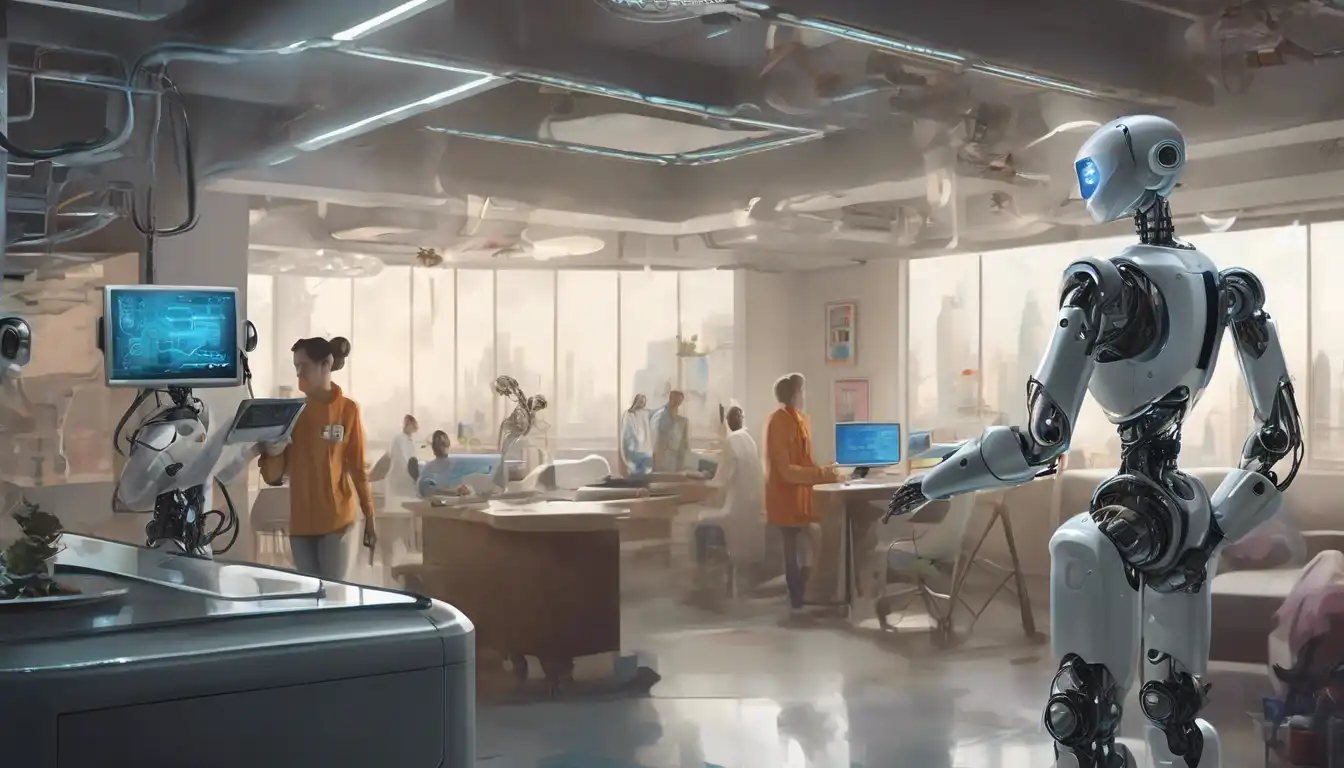The Dawn of Robotics in Everyday Life
The integration of robotics into our daily lives is no longer a matter of if but when. With advancements in artificial intelligence (AI) and machine learning, robots are becoming more capable, affordable, and accessible. This article explores the potential future of robotics in everyday life, highlighting key areas where robots could make a significant impact.
Home Automation and Robotics
One of the most immediate areas where robotics is set to transform our lives is in home automation. From robotic vacuum cleaners like the Roomba to more sophisticated home assistants that can control lighting, temperature, and security systems, the smart home of the future will be heavily reliant on robotics. These technologies not only offer convenience but also enhance energy efficiency and security.
Robotics in Healthcare
The healthcare sector stands to benefit immensely from robotics. Surgical robots, for instance, are already being used to perform precise and minimally invasive procedures. In the future, we could see robots assisting in elderly care, providing companionship, and even performing routine health checks. This could significantly reduce the burden on healthcare systems and improve patient outcomes.
Robotics in Education
Robotics also has the potential to revolutionize education. Educational robots can provide personalized learning experiences, making education more accessible and engaging for students of all ages. From teaching coding to facilitating remote learning, robots could play a pivotal role in shaping the future of education.
The Role of Robotics in Transportation
Self-driving cars are perhaps the most talked-about application of robotics in transportation. However, the potential extends beyond personal vehicles to include public transportation and logistics. Autonomous drones and delivery robots could redefine how goods are transported, making deliveries faster and more efficient.
Challenges and Considerations
Despite the exciting possibilities, the widespread adoption of robotics in everyday life comes with its set of challenges. Issues such as privacy, security, and the displacement of jobs need to be addressed. Moreover, ensuring that these technologies are accessible to all segments of society is crucial to avoid widening the digital divide.
In conclusion, the future of robotics in everyday life is bright, with the potential to transform how we live, work, and interact with the world around us. As we stand on the brink of this robotic revolution, it is essential to navigate the challenges carefully to fully realize the benefits of these technologies.
For more insights into the future of technology, check out our articles on AI advancements and smart home technologies.
